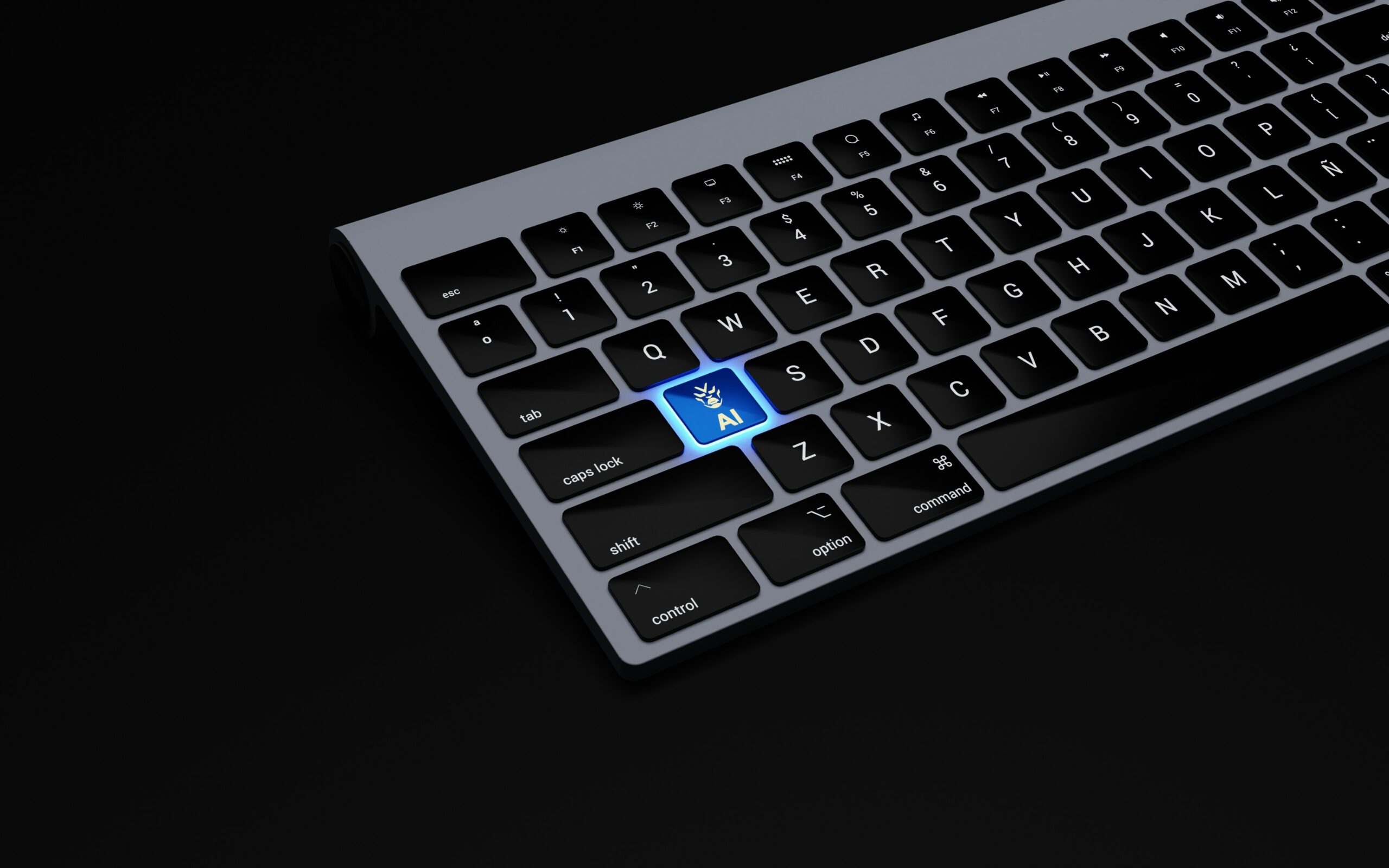
Despite the hype around large language models (LLMs), small language models (SLMs) are gaining traction for their ability to deliver high performance with minimal computational resources. Unlike LLMs that require extensive cloud infrastructure, SLMs excel in lightweight AI applications, running efficiently on devices like smartphones, edge systems, and IoT hardware.
Phi-4—Microsoft’s latest in a family of SLMs—has emerged as a frontrunner, boasting impressive benchmarks and open-source accessibility under the MIT License.
Launched in December 2024, Phi-4 claims to outperform models like GPT-4o-mini and Llama 3.2 in tasks suited for lightweight AI.
But does it truly stand as the best SLM for lightweight AI environments? Let’s examine Phi-4’s features, performance, use cases, and limitations to find out.
What is Phi-4?
Phi-4 is the latest in Microsoft’s Phi series, designed for lightweight AI applications where efficiency, low latency, and privacy are crucial. The family includes several variants:
- Phi-4 (14B parameters): A dense decoder-only Transformer with a 16K token context length (extendable to 64K). It is optimized for reasoning in math, science, and coding.
- Phi-4-mini (3.8B parameters): A compact model with a 128K token context length, ideal for text-based tasks on edge devices.
- Phi-4-multimodal (5.6B parameters): Integrates text, vision, and speech processing using a Mixture-of-LoRAs architecture for versatile lightweight applications.
- Phi-4-reasoning and Phi-4-reasoning-plus (14B each): Enhanced for advanced STEM reasoning, suitable for lightweight scientific tools.
- Phi-4-mini-reasoning (3.8B parameters): Focused on mathematical reasoning for low-resource environments like educational apps.

Trained on 1920 NVIDIA H100s and 9.8 trillion tokens, including 400 billion high-quality synthetic tokens, Phi-4 leverages curated datasets and advanced post-training techniques like Supervised Fine-Tuning (SFT), Direct Preference Optimization (DPO), and Reinforcement Learning from Human Feedback (RLHF).
Its open-source availability on Hugging Face and Azure AI Foundry makes it a developer-friendly option for lightweight AI solutions.
Why Is Phi-4 a Top Choice for Lightweight AI?
1. Optimized for Resource-Constrained Environments
Phi-4’s compact design is tailored for devices with limited memory and processing power. Phi-4-mini, with just 3.8 billion parameters, achieves 1955 tokens/s throughput on Intel Xeon 6 processors, enabling real-time inference on edge devices like IoT sensors or smartphones.
Its low energy consumption aligns with the demand for sustainable AI, making it ideal for battery-powered systems.
2. Multimodal Processing in a Small Package
Phi-4-multimodal, with 5.6 billion parameters, combines text, vision, and speech processing, a rare feat for SLMs. It achieves a 6.14% word error rate on the OpenASR leaderboard, surpassing WhisperV3 and SeamlessM4T-v2 in speech recognition.
Its vision capabilities excel in chart analysis, document reasoning, and optical character recognition (OCR), while supporting multilingual text processing. This makes it perfect for lightweight applications like in-car AI or mobile apps requiring context-aware functionality.
3. Strong Reasoning for Lightweight Tasks
Phi-4 excels in reasoning tasks critical for lightweight AI, particularly in STEM fields. Phi-4-reasoning-plus scores over 80% on the MATH benchmark, outperforming GPT-4o-mini and Llama 3.1-405B.
It also achieves 56% on GPQA (graduate-level science) and 91.8% on the 2024 AMC-10/12 math competitions. These capabilities enable applications like embedded tutoring systems or scientific calculators on low-power devices.

4. Innovative Training for Efficiency
Phi-4’s training leverages 50 synthetic datasets, validated through execution loops and scientific material extraction, reducing reliance on noisy web data.
Techniques like rejection sampling and iterative DPO optimize performance, while data decontamination ensures robust benchmark results. This efficient training approach minimizes computational costs, aligning with lightweight AI’s ethos of doing more with less.
5. Safety and Open-Source Accessibility
Phi-4 prioritizes responsible AI, undergoing red-teaming to mitigate biases and harmful outputs. Developers are advised to use Azure AI Content Safety for high-risk scenarios, ensuring compliance with regulations like the EU AI Act.
Its open-source nature under the MIT License fosters customization, making it accessible for developers building lightweight AI solutions.
Looking to migrate without overlap costs?
Migration shouldn’t drain your budget. With HorizonIQ’s 2 Months Free, you can move workloads, skip the overlap bills, and gain extra time to switch providers without double paying.
Get 2 Months FreeWhat Is Phi-4’s Benchmark Performance?
Phi-4’s benchmarks highlight its suitability for lightweight AI:
Benchmark |
Performance |
MATH |
>80% accuracy, surpassing larger models like GPT-4o-mini |
GPQA |
56%, excelling in science reasoning |
HumanEval |
Strong code generation performance |
MMLU |
71.4%, competitive with DeepSeek-R1 |
AMC 10/12 (2024) |
91.8%, outperforming Gemini 1.5 Pro |
What Are Phi-4’s Use Cases?
Phi-4’s efficiency makes it ideal for lightweight AI use cases:
- Education: Phi-4-mini-reasoning, trained on 1 million synthetic math problems, powers tutoring apps and homework checkers on mobile devices, providing step-by-step explanations.
- Edge Computing: Its low resource needs enable real-time analytics in industrial IoT, smart cities, and robotics, such as predictive maintenance on factory sensors.
- Consumer Devices: Phi-4-multimodal supports privacy-focused features like voice commands, image recognition, and text processing on smartphones and wearables.
- Enterprise: Businesses use Phi-4 for lightweight CRM tools, financial forecasting, and scientific analysis to reduce costs compared to LLMs.
- Developer Tools: Phi-4 facilitates rapid prototyping of AI features like chatbots or code assistants on resource-constrained platforms.
What Are the Limitations of Phi-4?
Despite its strengths, Phi-4 has limitations:
- Language Bias: Trained on 92% English data, its multilingual performance is limited, reducing its effectiveness in global lightweight applications.
- Factual Accuracy: Knowledge capped at June 2024 can lead to outdated or inaccurate outputs, a challenge for real-time edge applications.
- Instruction-Following: Some variants struggle with strict formatting, limiting their use in conversational lightweight AI.
- High-Risk Scenarios: Microsoft advises against using Phi-4 in critical applications (e.g., medical devices) without additional safeguards.
- Code Limitations: Primarily trained on Python, its performance with other languages may require manual tuning.
How Does Phi-4 Compare to Other SLMs?
Phi-4 competes with SLMs like Google’s Gemma (2B-27B), Meta’s Llama 3.2 (1B-3B), and OpenAI’s GPT-4o-mini:
- Gemma: Gemma’s 27B model is efficient, but Phi-4’s superior MATH and GPQA scores make it better for STEM-focused lightweight tasks. Gemma may offer stronger multilingual support.
- Llama 3.2: Meta’s quantized models are highly optimized for edge devices, but Phi-4’s synthetic data training gives it an edge in reasoning tasks.
- GPT-4o-mini: Phi-4 matches or exceeds GPT-4o-mini in technical benchmarks but may lag in conversational lightweight applications due to OpenAI’s dialogue focus.
Phi-4’s open-source status provides a key advantage over proprietary models like GPT-4o-mini, enabling developers to tailor it for specific lightweight AI needs. SiliconANGLE
Is Phi-4 the Best SLM for Lightweight AI?
Whether Phi-4 is the best SLM for lightweight AI depends on the evaluation criteria:
- Efficiency: Phi-4’s low resource requirements make it a top choice for edge and on-device applications, especially Phi-4-mini and Phi-4-multimodal.
- Performance: Its STEM reasoning benchmarks are unmatched among SLMs, ideal for lightweight technical tools.
- Versatility: The multimodal variant expands its applicability, though its English-centric training limits global use.
- Accessibility: Open-sourcing under the MIT License fosters innovation in lightweight AI development.
Phi-4’s weaknesses in multilingual support, factual accuracy, and conversational tasks suggest it’s not universally superior.
While Phi-4 has the best benchmarks for mathematical reasoning, Llama 3.2 is more practical for multilingual or general-purpose lightweight applications.
How Can HorizonIQ Support Your Phi-4 Lightweight AI Deployments?
Our cutting-edge GPU and AI solutions are the perfect match for running Microsoft’s Phi-4 models, delivering the performance and flexibility needed for lightweight AI applications.
Whether you’re building educational apps, IoT analytics, or multimodal mobile assistants, we have you covered.
Why HorizonIQ for Phi-4?
- High-Performance GPUs: NVIDIA L40S and A100 GPUs (40GB+ VRAM) handle Phi-4’s 14B models, while A16 GPUs support the compact Phi-4-mini for edge devices.
- Scalable Bare Metal: Customize servers with 64GB+ RAM and NVMe SSDs across nine global data centers for low-latency performance.
- Cost-Effective: Flat monthly pricing and up to 70% savings over hyperscalers make Phi-4 deployments affordable, ideal for startups and enterprises.
- Secure and Reliable: DDoS protection, encryption, and 100% uptime SLA ensure safe, uninterrupted Phi-4 applications.
From powering STEM tutoring apps with Phi-4-reasoning to enabling multimodal voice and vision tasks on consumer devices, our infrastructure supports it all.


